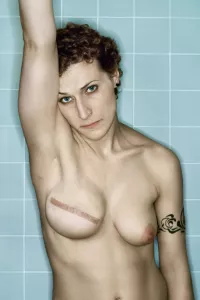October is breast cancer month on a world wide scale with the goal to increase awareness about the disease, encourage early discovery to increase survival chances, and inform about treatment and after care. There is no single cause known for the disease, and even though extensive research is being done, none of it is conclusive enough to predict who may be affected. The only way to beat it for now is to discover it early and act immediately. While this sounds simple enough, that is exactly where the main problem lies for many women.
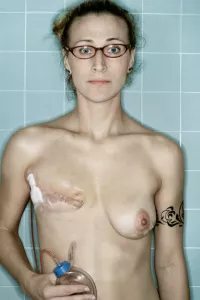
The first element in early discovery is self examination. Despite the encouragement to regularly self check, only a certain percentage of women regularly do. The campaigns during October target exactly the women that don’t, whether that is out of lack of information on how to do it, or lack of understanding what the consequences may be of a late discovery. Every person’s body is different, so merely checking for lumps doesn’t cover it. Other things to check for:
-Change in size or shape
-Change in skin texture (dimpling/puckering)
-Nipple inversion & change in direction
-Swelling in armpit or around collarbone
-Constant or unusual pain in armpit or breast
-Lumps & thickening
-Rash/crusting of or around nipple
-Nipple discharge or bleeding
The second element to facilitate discovery is screening, often an unpleasant and costly experience to many. It can however detect anomalies that are not yet detectable by sight or touch, and create an even bigger head start in fighting the disease, and is therefor an indispensable tool.
However, still to this day big differences exist between breast cancer for white and black women, both before and after treatment. The most important causes of this disparity are; (lack of) medical coverage/ insurance, barriers to screenings and detection (cost and access to information), and as a result a more advanced stage at diagnosis for black women, and thus a higher mortality rate.
This means that privilege in both education and income play a significant role in higher survival rates for white women. Self examination is an important way to bypass at least one of the factors, since earlier detection leads to better chances of success of treatment, both for white and black women. Lack of information in two directions - from institutions to black women, but feedback from black women to institutions as well - how does their body respond to treatments, do they experience side effects in the same way, what are their material and emotional needs after diagnosis and treatment? Medication doesn’t affect men and women in the same way, nor do symptoms look alike. In the same way different kinds of breast cancer do not affect all women in the same way.
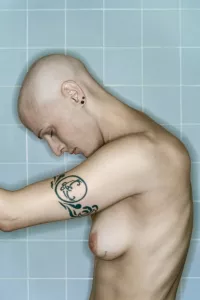
Also worth mentioning in terms of privilege is ability; physically and mentally able people are more likely to have access to screening and treatment, because they do not depend on others to book screenings and treatments, to get to appointments and take medication as prescribed.
Breast cancer isn’t about the physiological elements alone, it is very much a psychological battle as well. From being diagnosed, going through treatment and check-ups, dealing with physical changes such as hair loss or a mastectomy, and learning who they can count on in their surroundings during such a difficult period, is an enormous amount of information that can cause stress, anxiety, feelings of loss of self and loneliness, anger, helplessness etc.
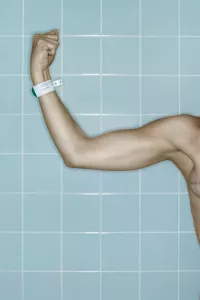
For many people however, going through the process of dealing with these emotions helps them put certain things in perspective. Losing hair and/or breast is a traumatic experience and leads to questioning your appearance and femininity, it forces you to search for value within that has nothing to do with with your appearance, which maybe leads to discovering that you don’t need to look like the ideal representation of a woman to be a woman. This can be a freeing realisation. Understanding that your body is so much more than how much you weigh, or how many scars you have, how feminine you look or dress, and understanding that you are valuable beyond all those things may be a positive outcome after all the hardship.
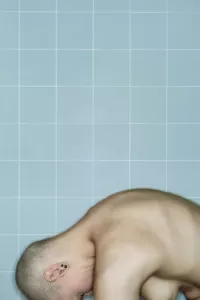
As the photographer
herself states about her work, it was the uncertainty about what the diagnosis and the treatment would do to her, her body, and how she would see herself afterwards that made her document the process, by herself, in a series of self-portraits. She says, “No one was there when these pictures were made, just my dissolving ideas of self and a camera. And what began as a story that could have ended in many ways, this chapter, like my treatment, has now run its course. While I can't say everything is fine now, I will say, "These are the images of my Home - as it was then", and with a little luck, there will be no more to come.”
